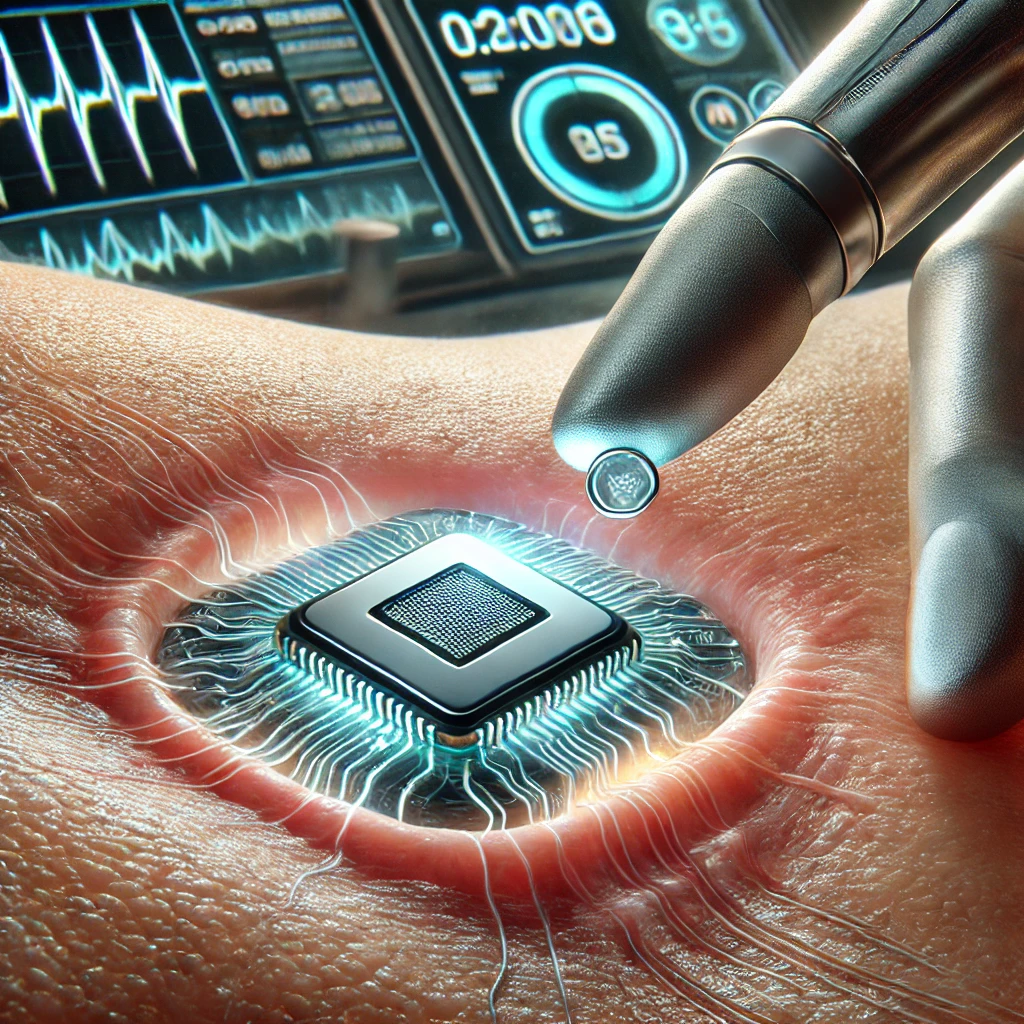Alien implants refer to small, unidentified objects reportedly embedded in the bodies of individuals who claim to have experienced extraterrestrial abductions. These implants are said to be placed beneath the skin, often in the nasal cavity, behind the ear, or in extremities such as the hands or feet.
Many abductees report discovering these implants after experiencing missing time, unusual medical symptoms, or vivid memories of alien encounters. While some researchers believe these objects serve a surveillance or tracking function, skeptics argue that the implants are either natural biological formations or psychologically driven misinterpretations of bodily sensations.
This entry explores the history of alleged alien implants, their reported characteristics, the various theories surrounding their purposes, and the controversies surrounding their authenticity.
History and Reports of Alien Implants
Reports of implanted foreign objects in abductees date back to the early days of the modern UFO phenomenon. Some of the most well-known cases include:
- Dr. Roger Leir’s Research (1990s-2010s) – A podiatric surgeon and ufologist, Dr. Leir conducted multiple surgical extractions of alleged alien implants. He claimed that these objects exhibited unusual metallic compositions, emitted electromagnetic frequencies, and were often surrounded by biological tissue resistant to inflammation.
- Whitley Strieber’s ‘Communion’ (1987) – In his best-selling book, Strieber described a small, sharp implant discovered inside his ear following a series of abduction experiences.
- Early Abduction Cases (1950s-1970s) – Reports of abductees finding small, unexplained objects in their bodies predate modern ufology, suggesting that implant claims have been consistent over time.
Despite these accounts, mainstream science remains highly skeptical, citing a lack of verifiable evidence and possible psychological explanations.
Characteristics of Alleged Alien Implants
Reports of alien implants often describe them as possessing several unusual traits:
- Size and Shape – Typically small (ranging from a few millimeters to a centimeter), implants are often described as metallic, crystalline, or biological in nature.
- Location in the Body – Commonly found in the nasal passages, ears, hands, feet, or behind the eyes, implants are rarely detected until an individual undergoes medical imaging or surgery.
- Unusual Composition – Some researchers claim that extracted implants contain rare or extraterrestrial metals, including isotopic ratios not found on Earth. However, these claims remain unverified by mainstream scientific institutions.
- Electromagnetic Properties – A recurring assertion is that implants emit radio frequencies or react to electromagnetic fields, suggesting an active technological component.
- No Signs of Entry – One of the most puzzling aspects is that alleged implants are often found embedded in deep tissue without visible scars, suggesting non-invasive placement.
- Biological Integration – Some implants are reported to be surrounded by nerve endings or encased in a biological sheath that prevents rejection by the body.
While these characteristics are intriguing, no widely accepted scientific study has confirmed that these objects originate from non-human sources.
Alleged Purposes of Alien Implants
Theories regarding the function of alien implants vary widely, depending on the perspective of researchers and experiencers. Some of the most commonly proposed explanations include:
- Tracking and Surveillance – The most prevalent theory is that implants function as tracking devices, allowing extraterrestrials to monitor abductees over long periods. Abductees often report repeat abductions, suggesting that these objects could serve as identifiers for ongoing contact.
- Biometric Data Collection – Some theorists propose that implants collect physiological and neurological data, acting as a long-term biological monitoring system for unknown research purposes.
- Mind Control or Behavioral Influence – More controversial is the claim that implants may influence emotions, thoughts, or behaviors, possibly as part of a larger extraterrestrial agenda. Some abductees report changes in perception or unexplained telepathic experiences after discovering their implants.
- DNA Alteration or Hybridization – Some researchers believe that implants play a role in genetic experimentation, modifying human DNA to facilitate hybridization efforts. This aligns with broader theories about alien-human hybrid programs.
- Interdimensional or Spiritual Communication – A less conventional theory suggests that implants may function as energetic or interdimensional conduits, enabling contact between abductees and non-physical extraterrestrial entities.
- Misinterpretation of Medical or Natural Objects – Skeptics argue that many implants are actually biological anomalies such as cysts, calcifications, or surgical remnants that have been misinterpreted by individuals influenced by UFO culture.
While all of these theories remain speculative, they continue to fuel debate within ufology and abduction research.
Controversies and Skepticism
The topic of alien implants remains one of the most controversial aspects of abduction research, with major points of contention including:
- Lack of Scientific Verification – Despite numerous claims of recovered implants, mainstream science has yet to confirm the extraterrestrial origin of any such object.
- Psychological Explanations – Some psychologists suggest that beliefs about implants are influenced by sleep paralysis, false memory syndrome, or cultural narratives rather than actual extraterrestrial intervention.
- Medical Anomalies vs. Alien Technology – Many supposed implants turn out to be natural biological formations, such as calcified deposits, nerve bundles, or small metal fragments from prior injuries.
- The Role of Hypnosis in Discovery – Many abduction-related implant memories are recovered through hypnosis, a method known to create false memories under suggestive conditions.
Despite these criticisms, implant research continues, with some abductees and researchers insisting that physical evidence exists but is suppressed or ignored by mainstream institutions.
Conclusion
The phenomenon of alien implants remains an unresolved mystery in the field of ufology. While compelling testimonies and some physical evidence have emerged, mainstream science has yet to validate claims of extraterrestrial implantation. Whether these objects are advanced tracking devices, biological experiments, or misidentified natural formations, the stories surrounding them continue to spark debate.
Future research, including rigorous scientific testing and peer-reviewed studies, will be necessary to determine whether implants are genuine extraterrestrial artifacts or a product of human psychology and cultural influence.

